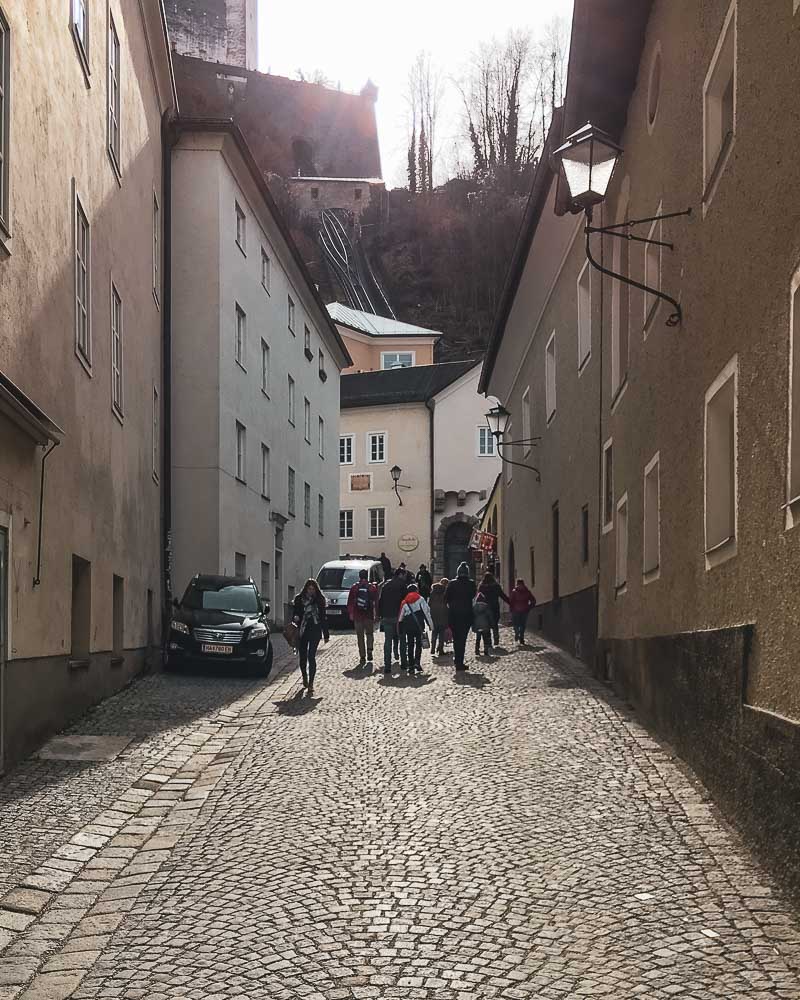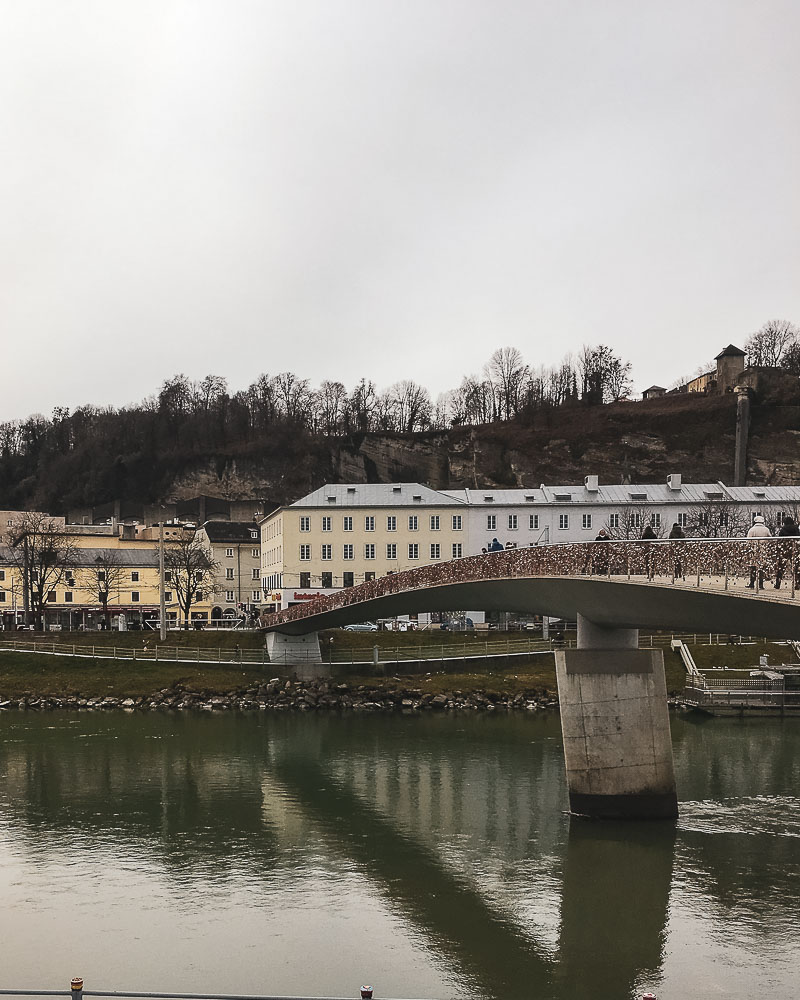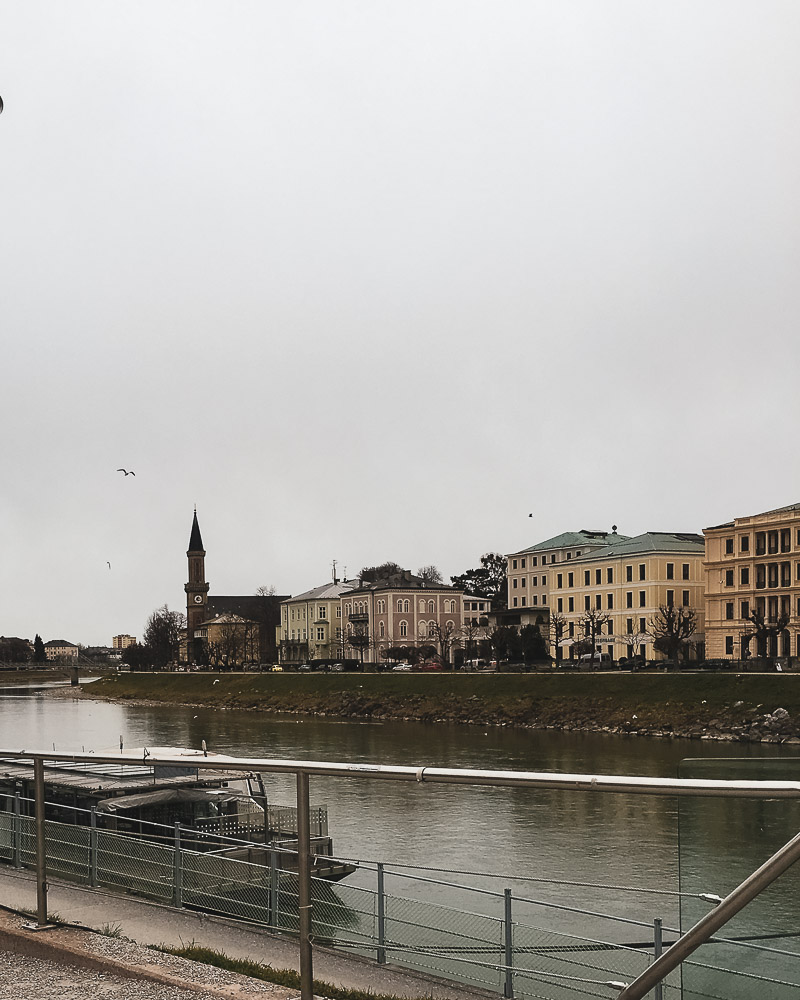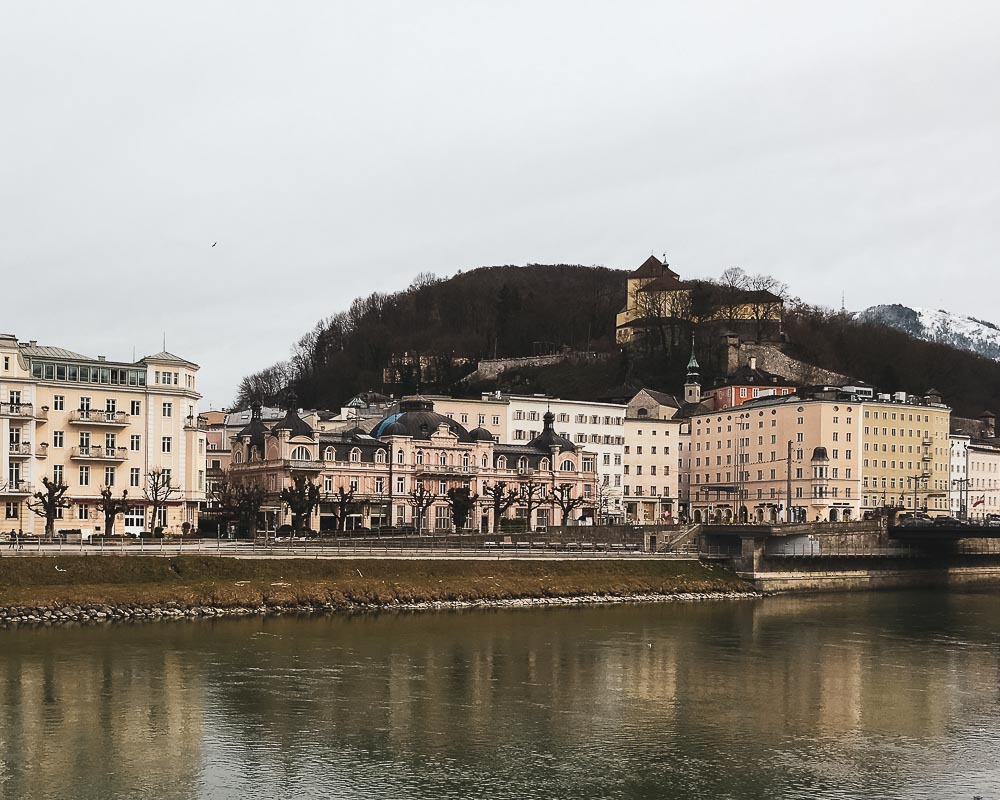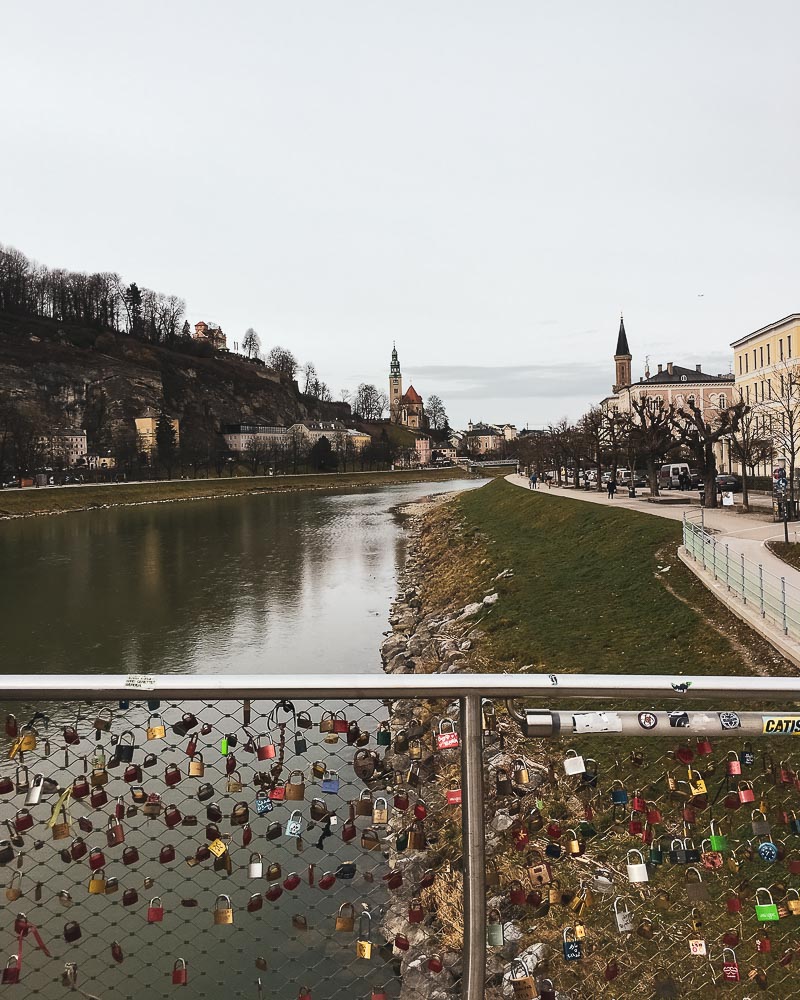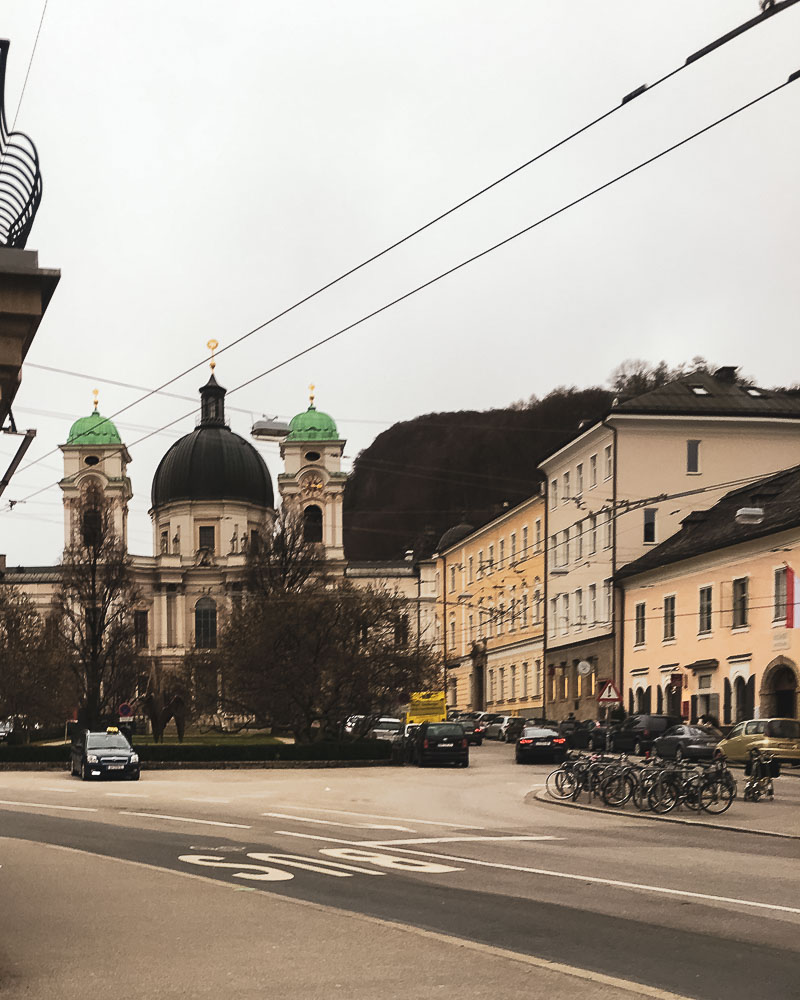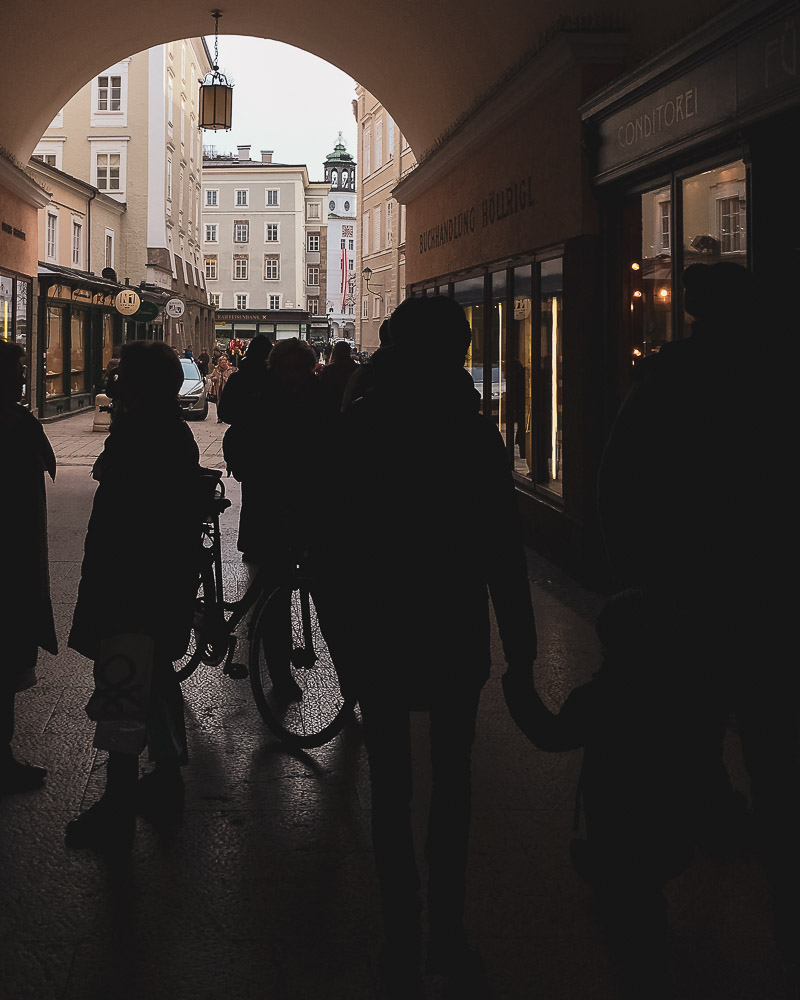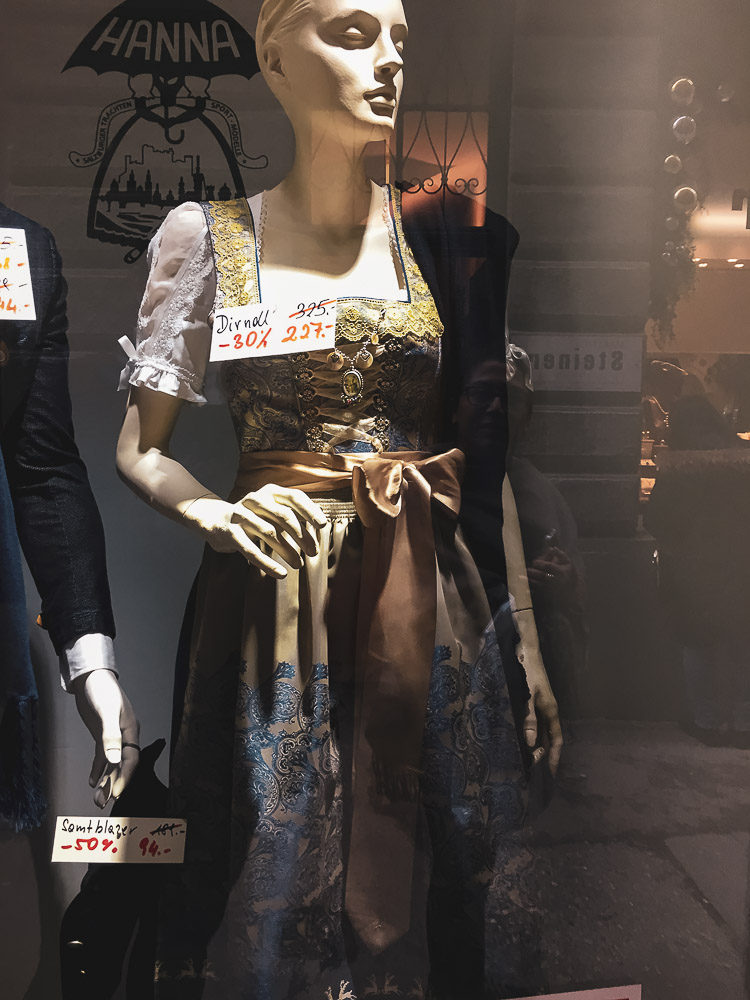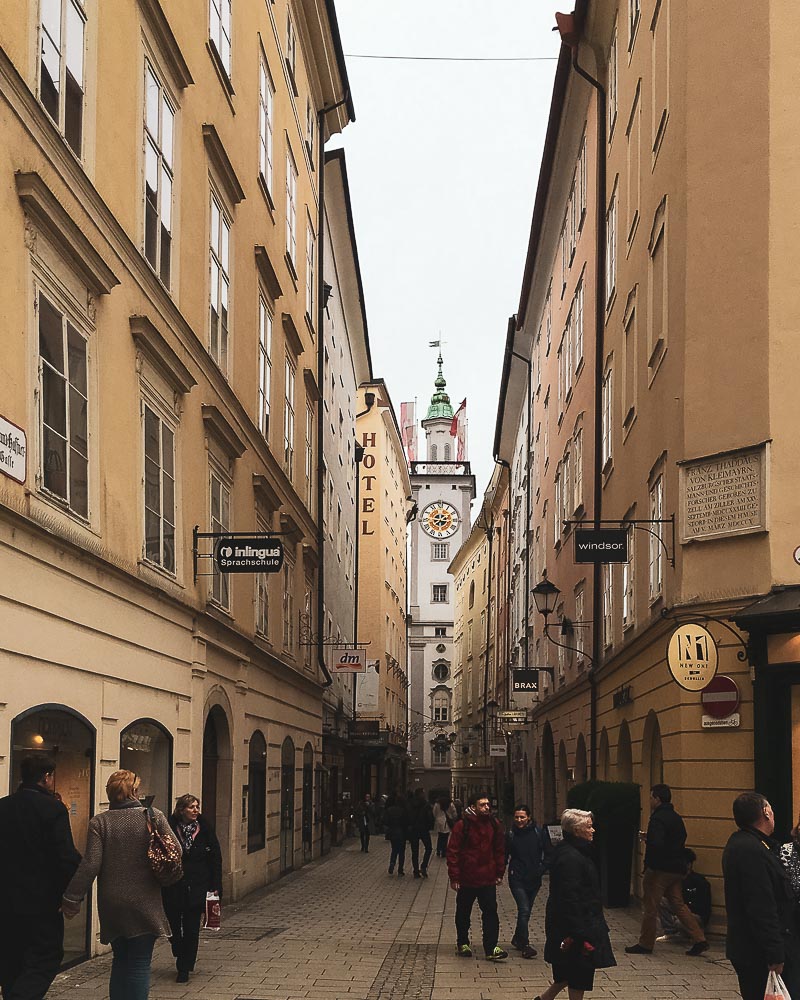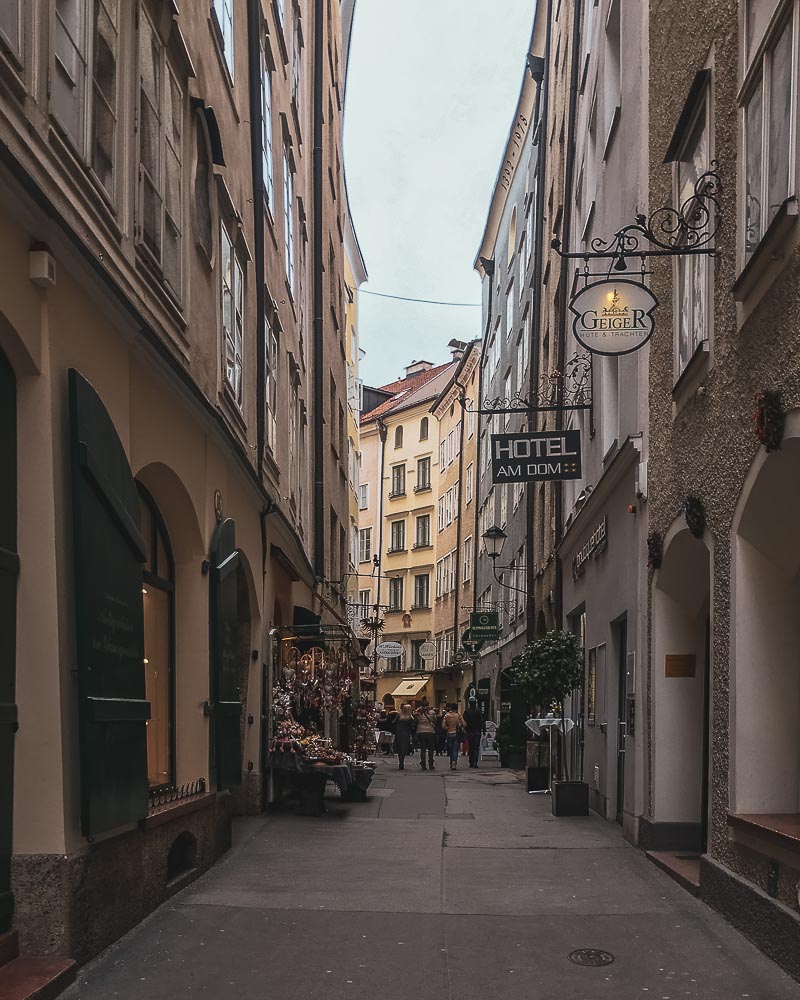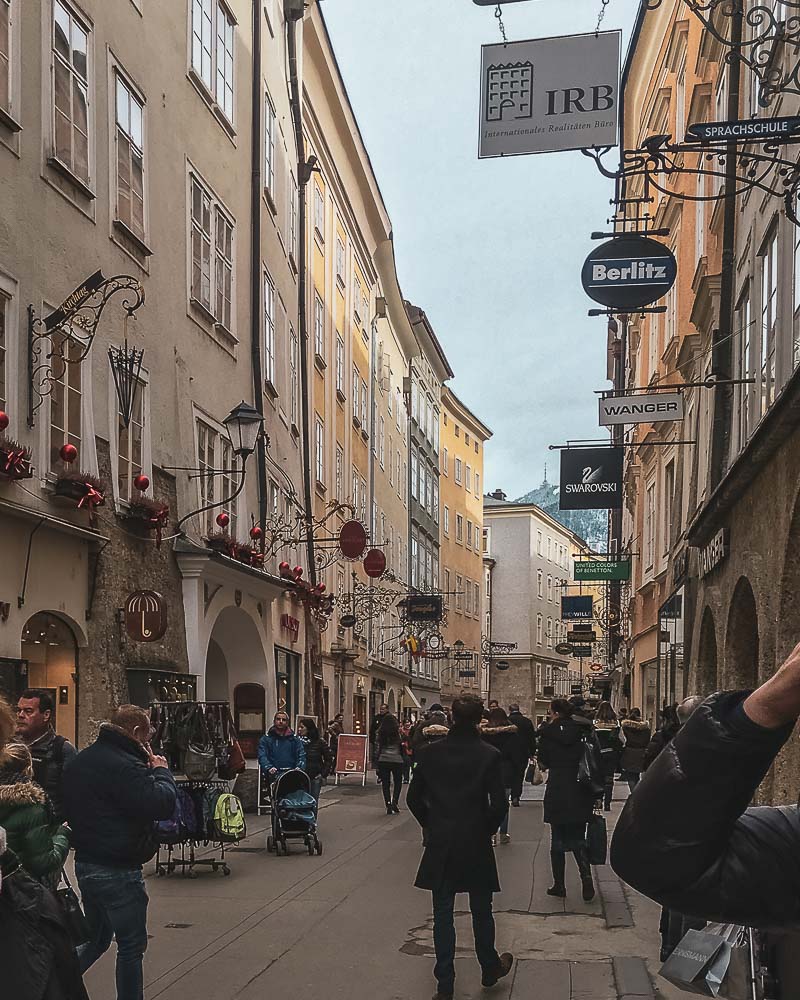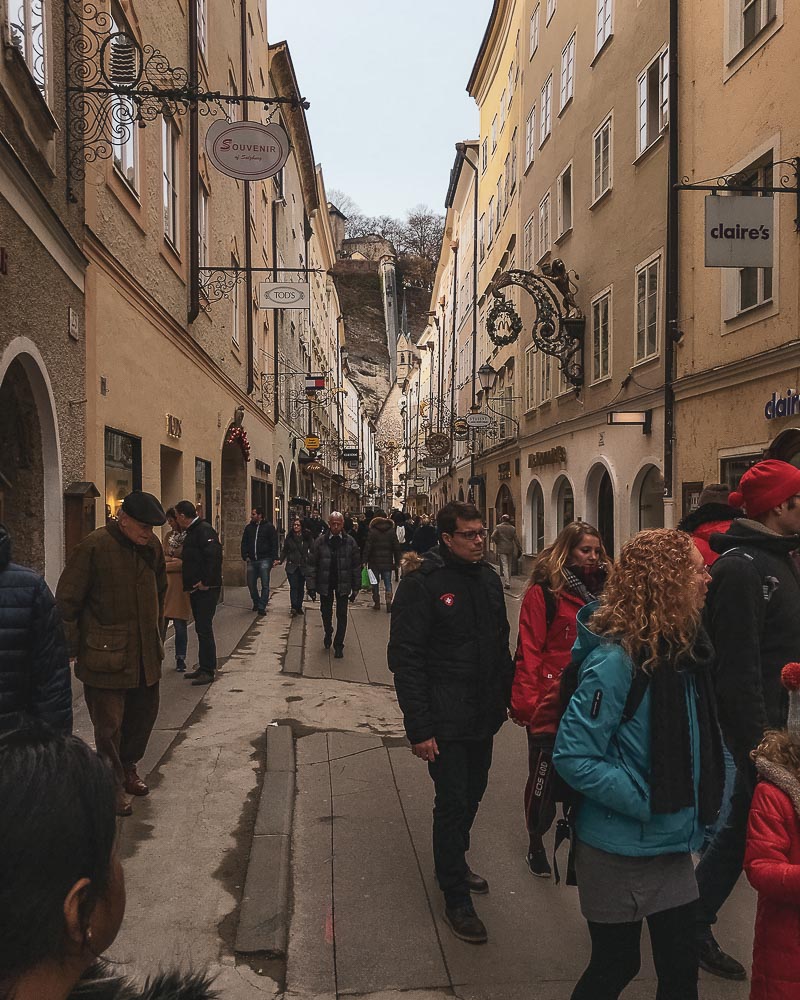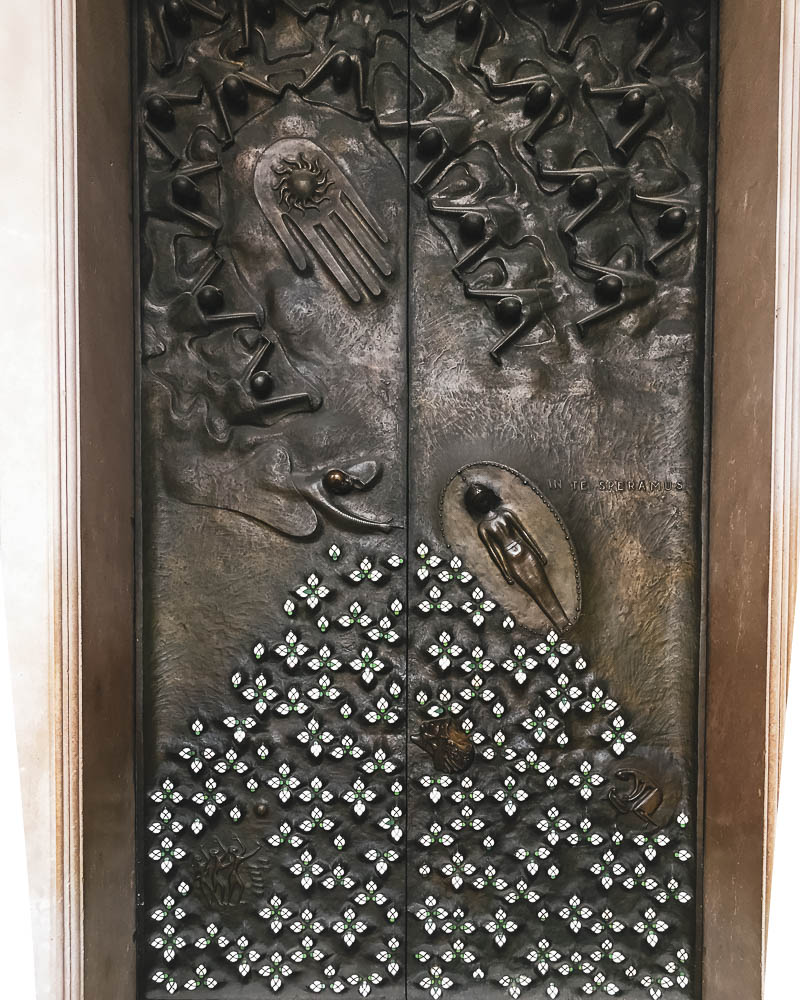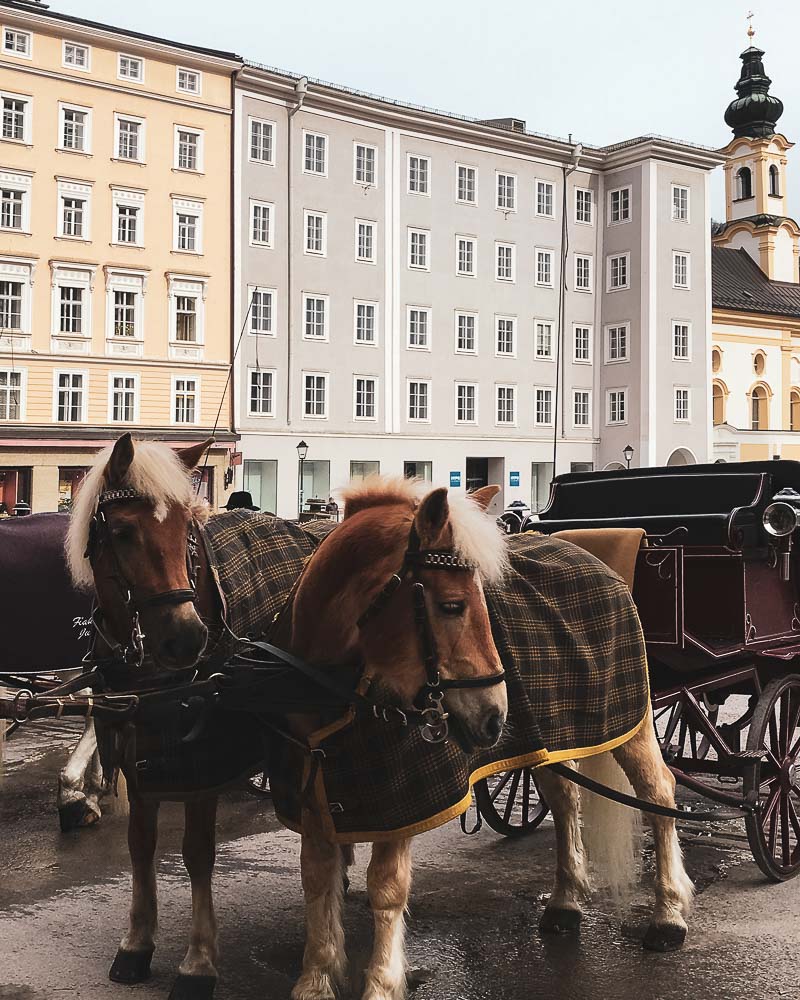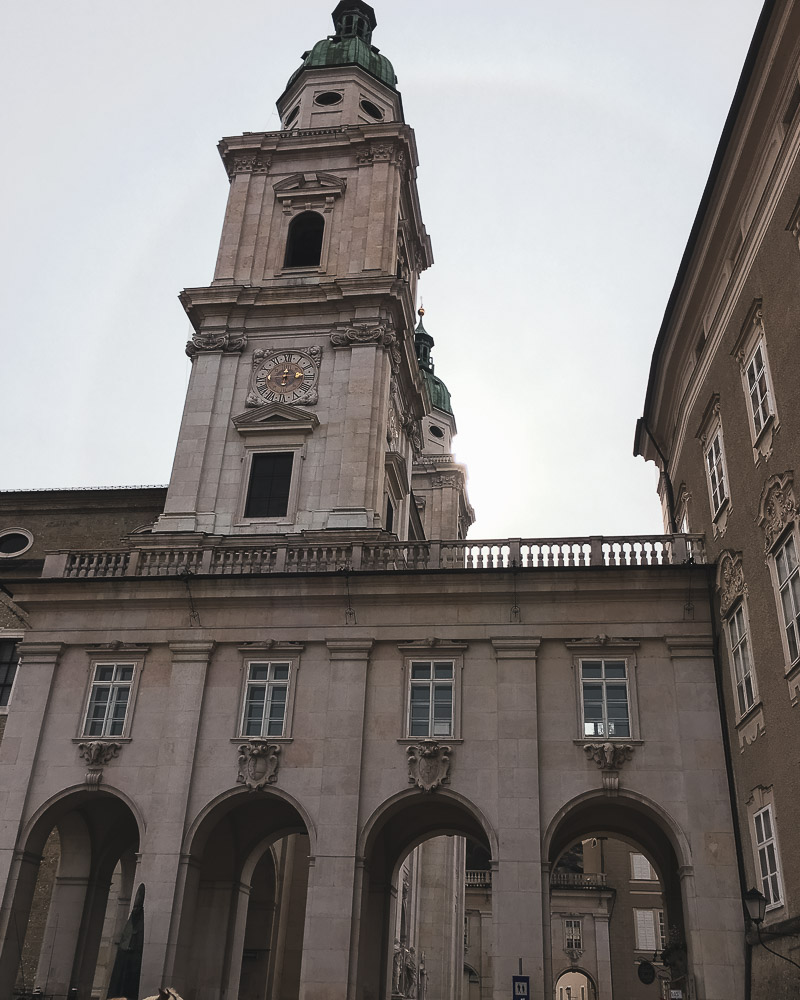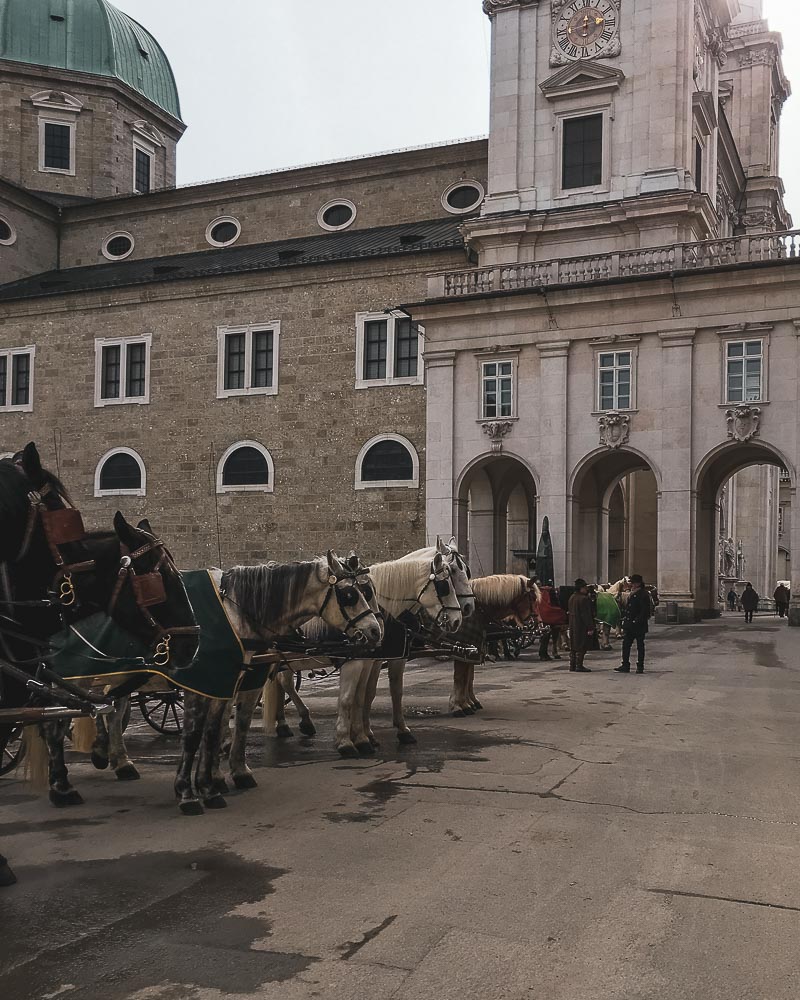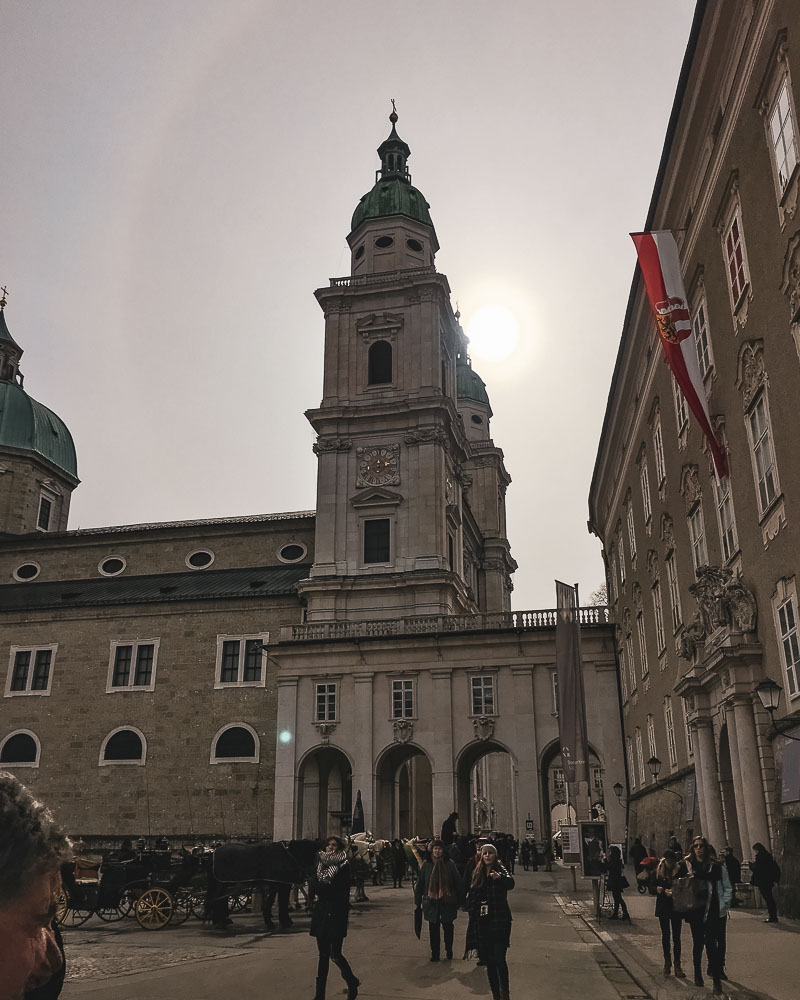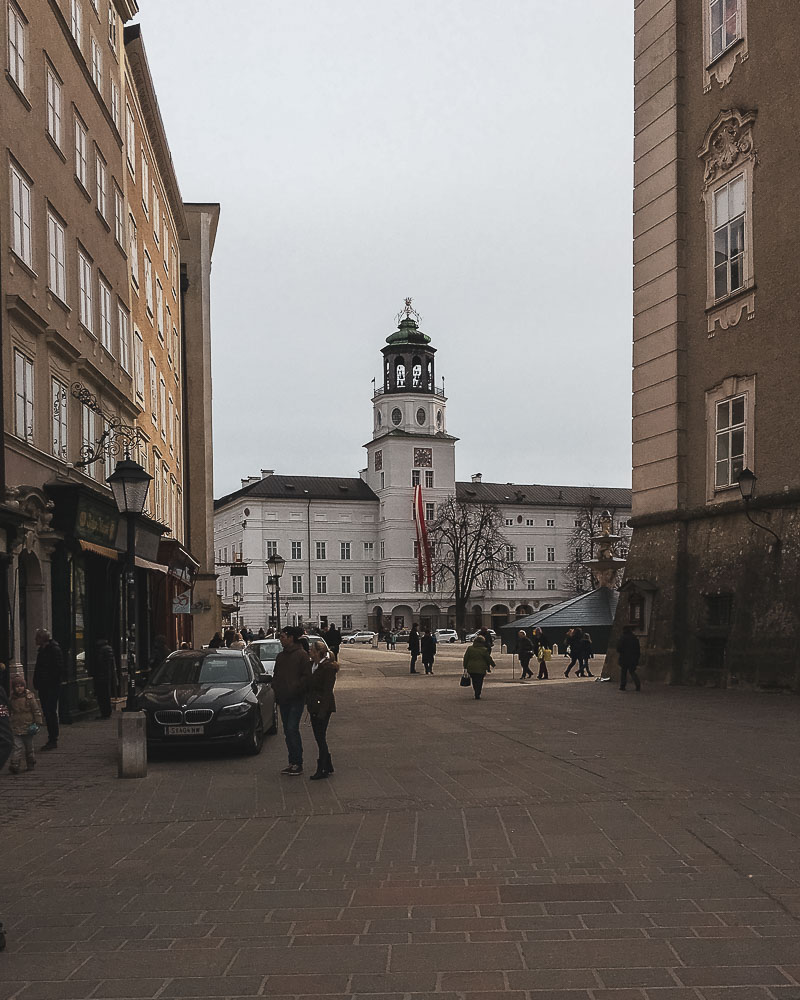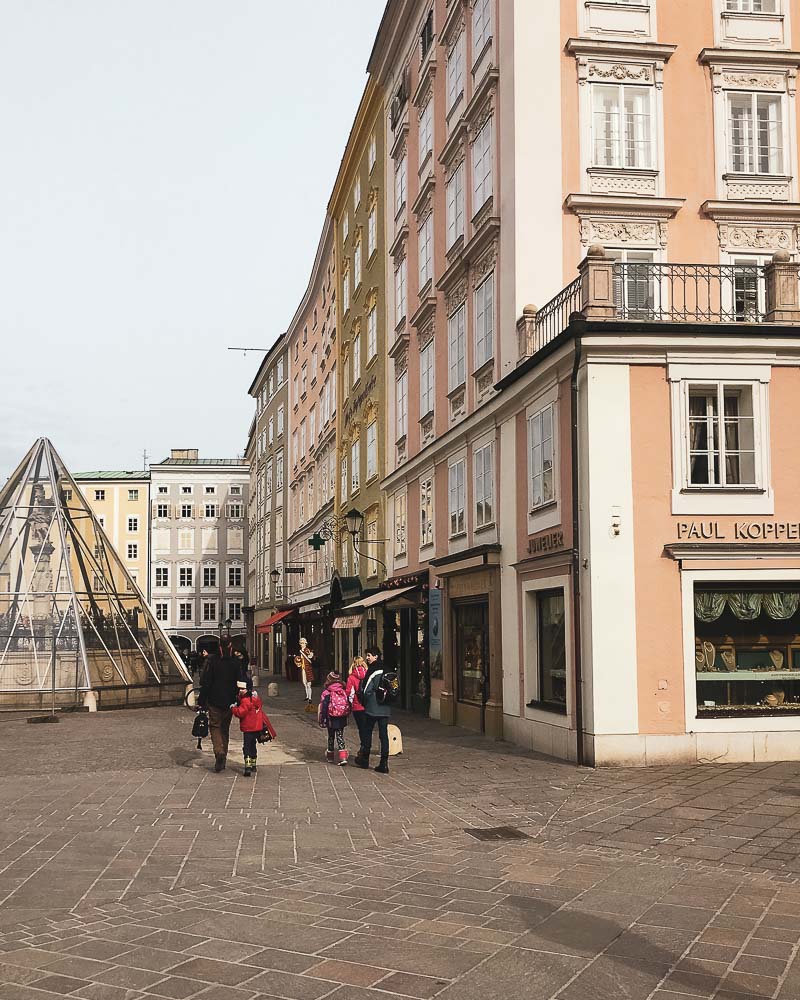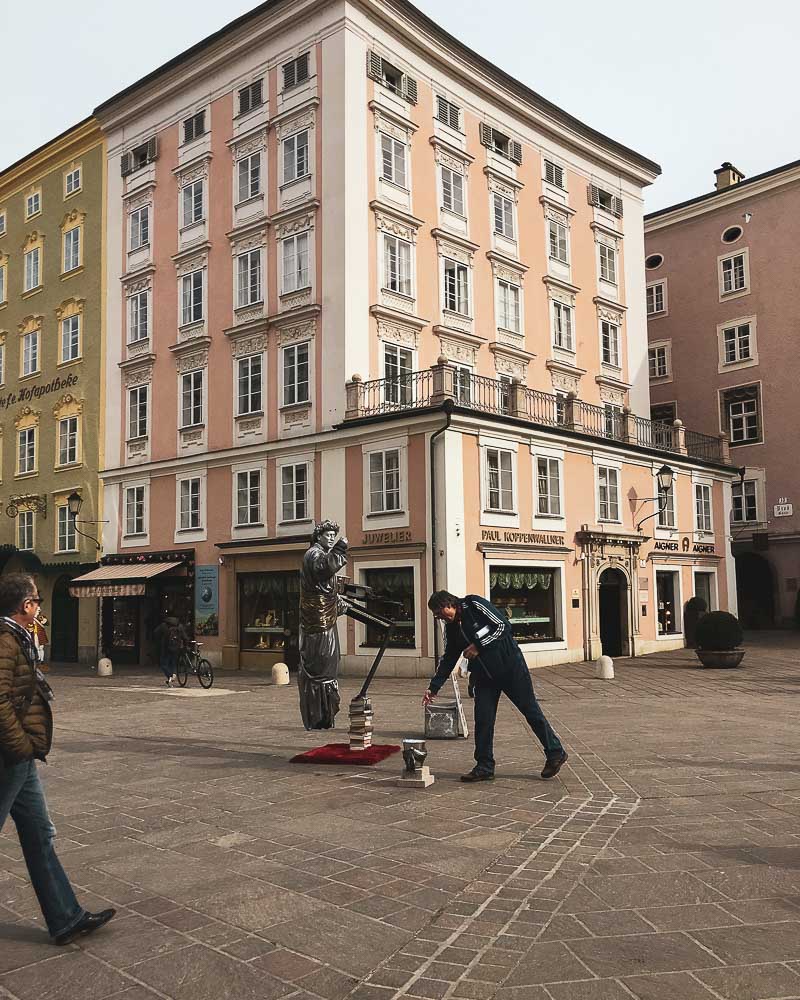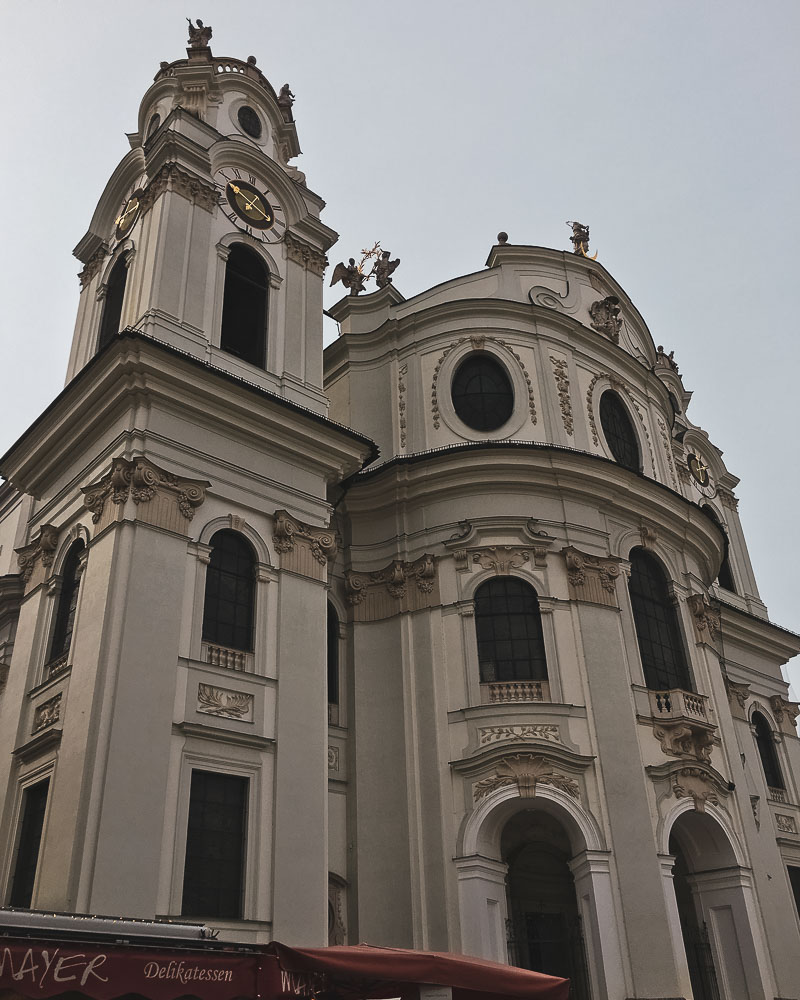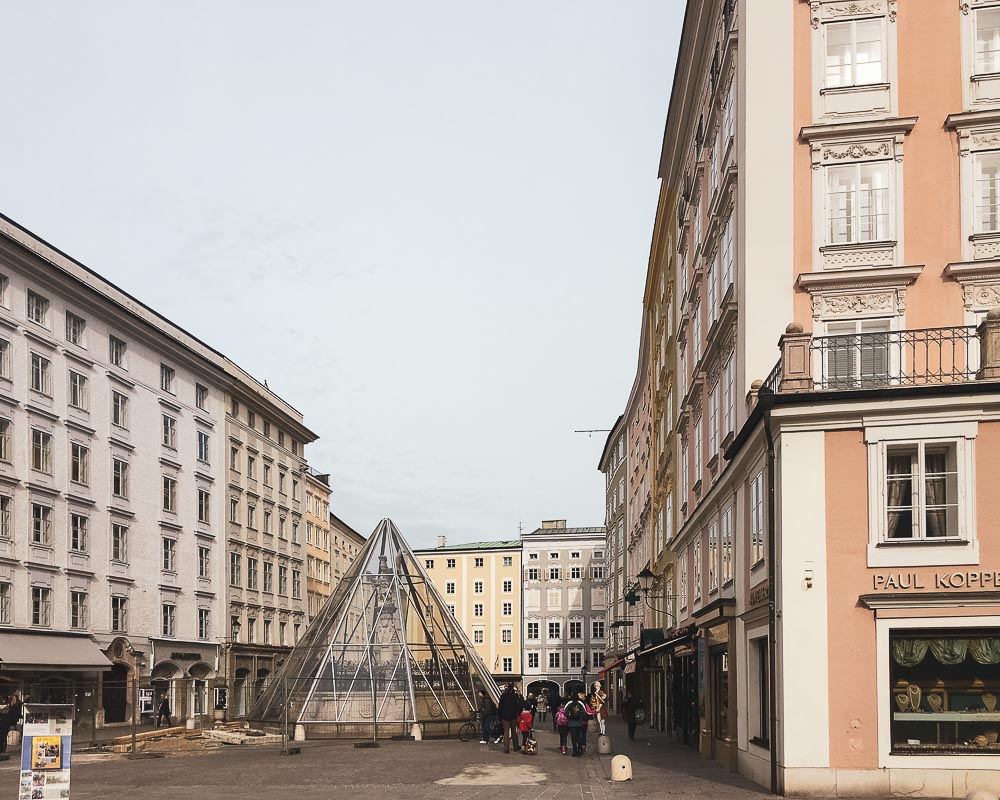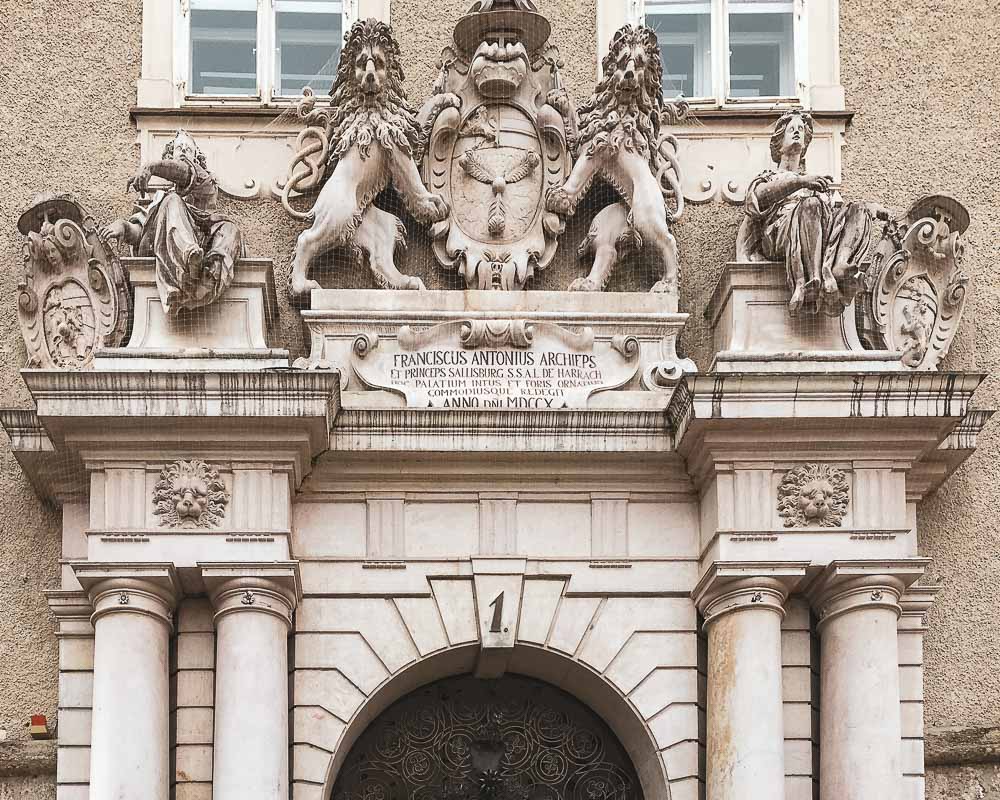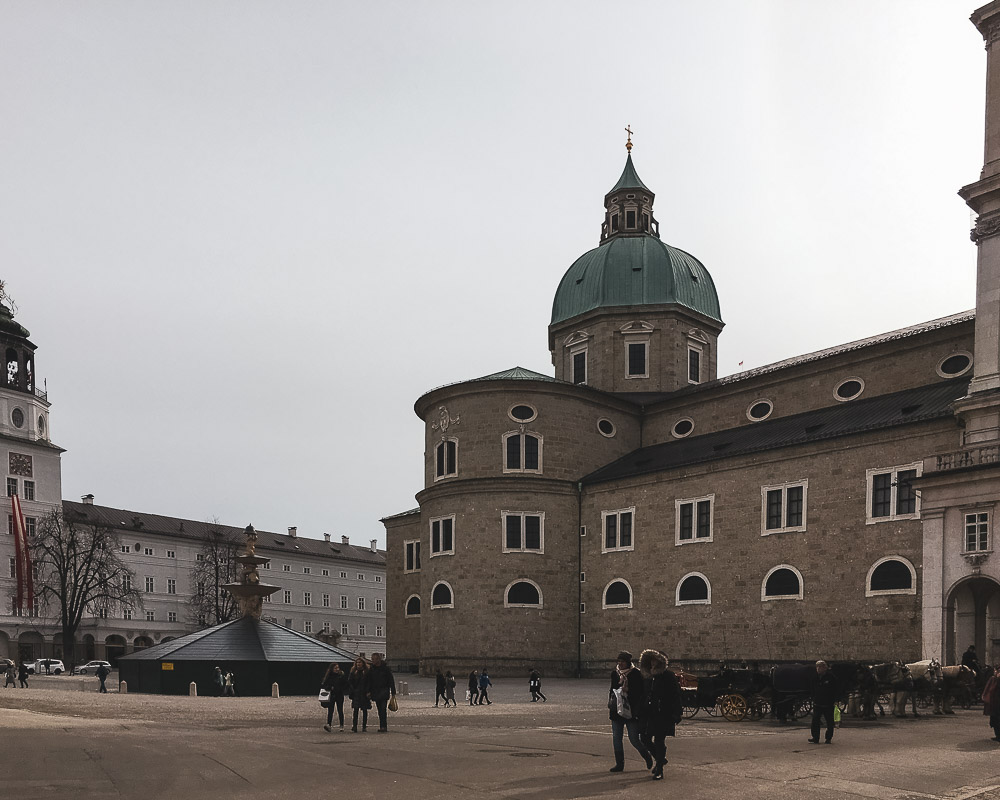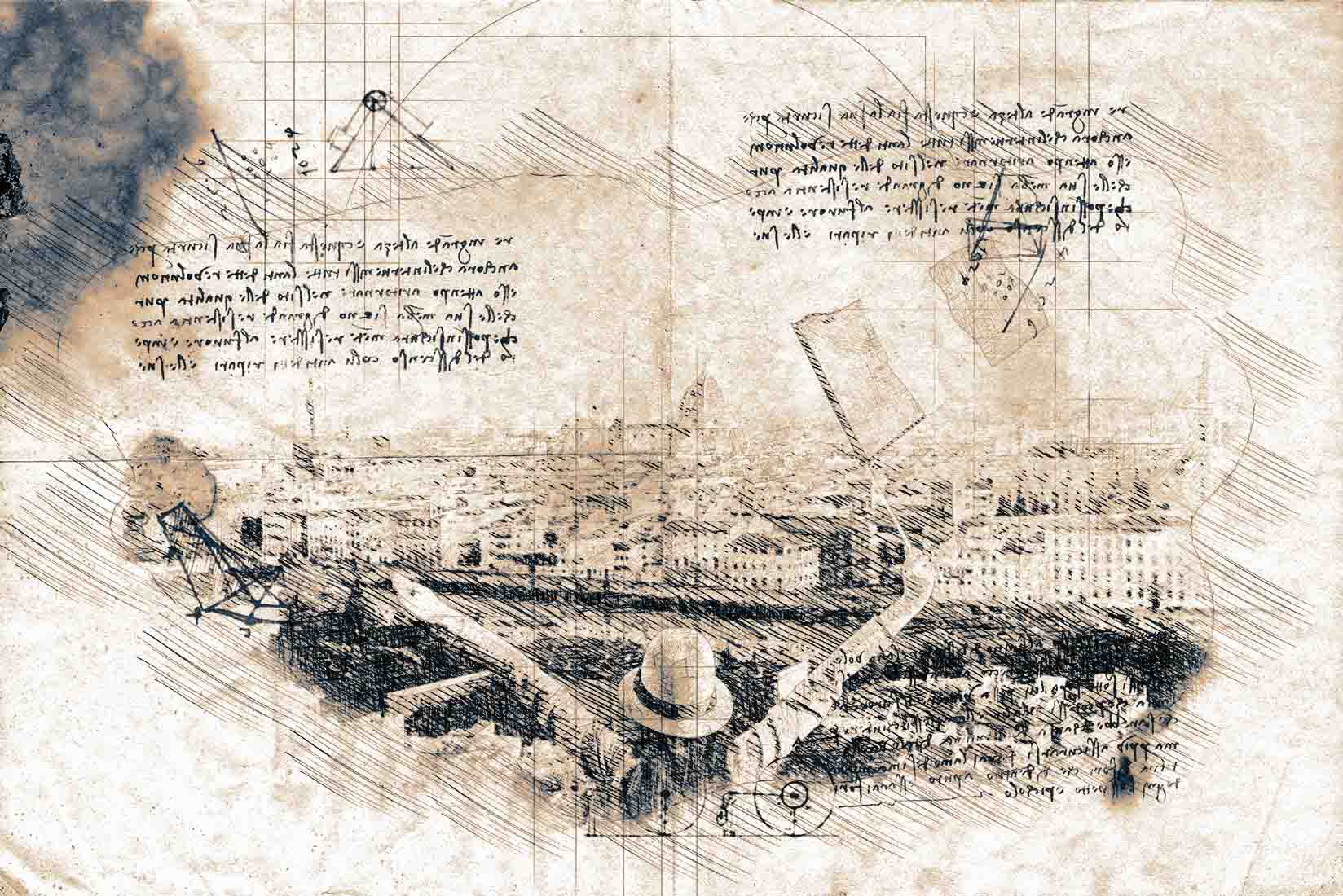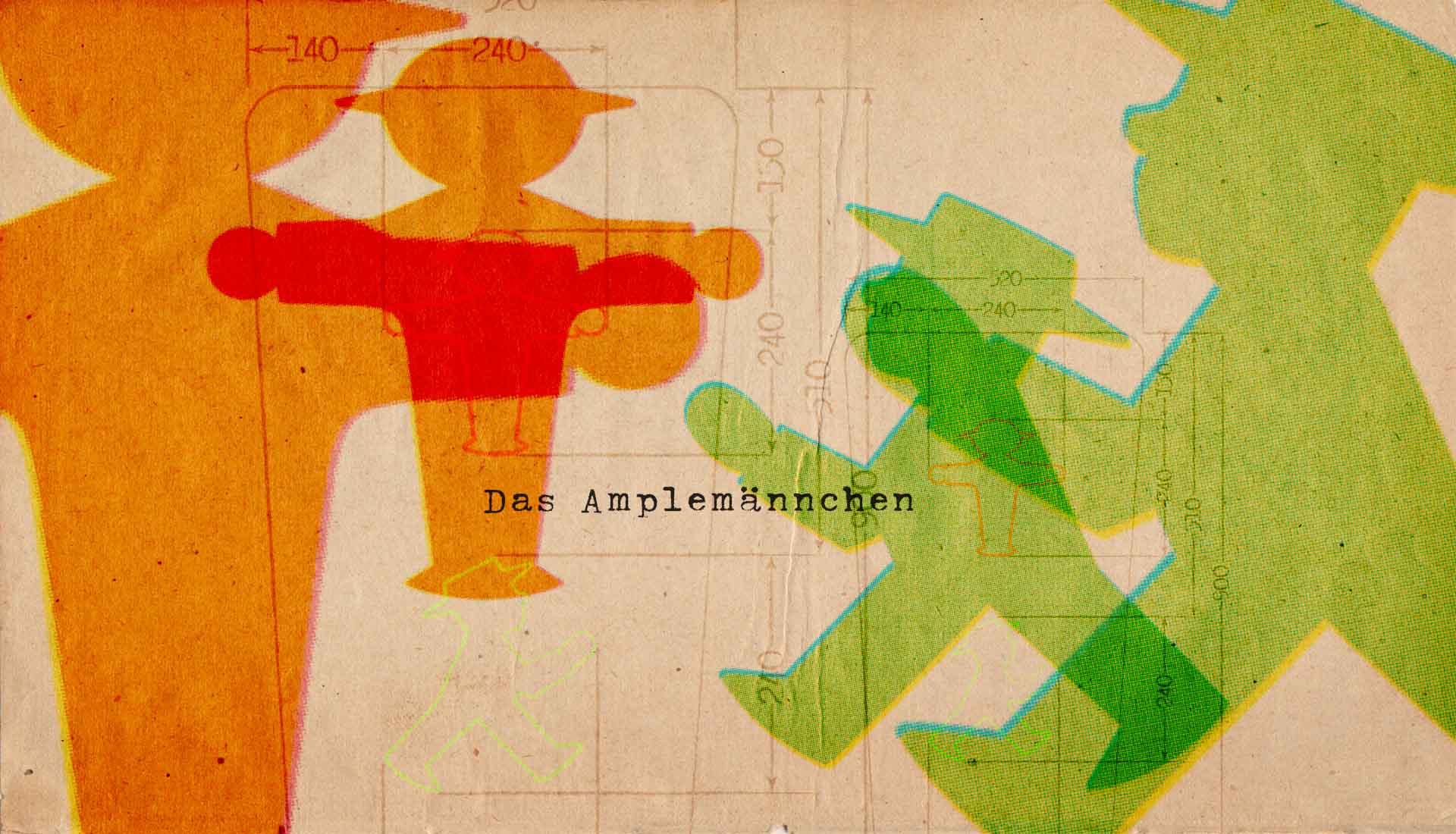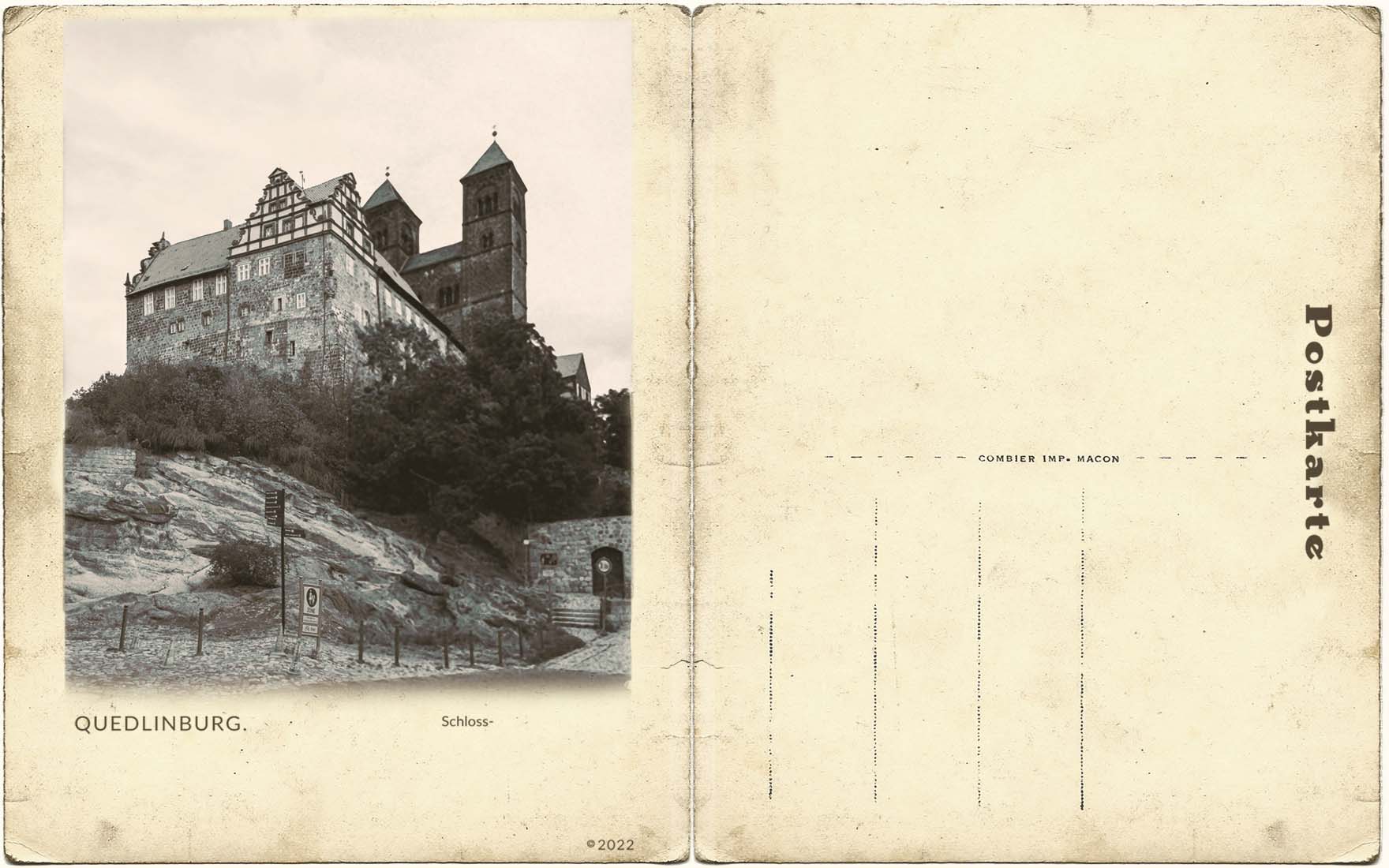alzburg ("salt fortress" or "salt castle") is located on the site of the former Roman settlement of Juvavum. Traces of human settlement have been found in the area dating back to the 5th century BC. Around 15 BC, the Roman Empire merged several settlements into one city called Juvavum, which became a "municipium" in 45 AD. The city became an important town along the Roman's Norican frontier. However, when the frontier collapsed, Juvavum declined so sharply that by the late 7th century it nearly became a ruin.
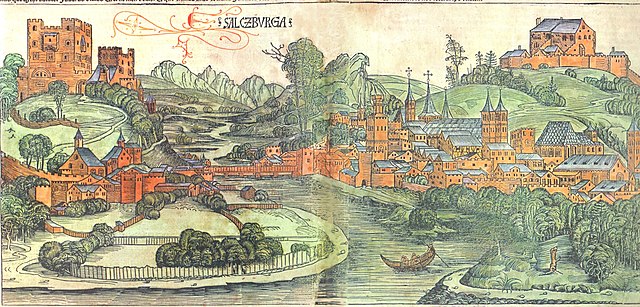
Saint Rupert is credited with the city’s rebirth in the 8th century when he was asked to become a bishop. He chose Juvavum, ordained priests, travelled to evangelize the pagans of the area, and renamed the city Salzburg. It is said the name is derived from the the barges carrying salt on the Salzach River. Customary for many riverside European communities in the 8th century, these barges were subject to a toll for passage through the region. In the 17th century, the city center was rebuilt in the Baroque style which is seen today.
Dutifully following behind the guide, the group of us string out behind him as he tries to impart a short history of what we are seeing. Leaving the bus, we first cross the Salzach over a footbridge covered in padlocks.
Salzach is derived from the German word for salt (Salz) and Aach, an old high German word meaning running water. Until the 19th century, shipping of salt down the Salzach was an important part of the local economy until this form of transport was replaced by a railway line.
On the other side of the bridge, we cross the street, turn left, and move through a passageway.
Once on the “inside” of the ring of houses that line the river, the feeling is very different. Gone are the multi-lane roads paved with asphalt replaced with a narrow street edged on either side with numerous high townhouses side by side with wrought iron guild signs.
Getreidegasse Grain Lane) runs parallel to the river and was first mentioned Trabegasse (derived from traben ‘to trot’) in about 1150 when it led from the historic Salzburg trade center to the northwestern suburb of Mülln. The name was changed several times before it became the Grain Lane – the citizens received the right to store goods in the 14th century after which several large trading houses began to display their goods along the road. Subsequently, Getreidegasse became a favored residential area for Salzburg patricians and public officials.
Despite the chill in the air, the streets have a fair number of people in them. I can actually imagine the people of centuries past scurrying here and there while going about their daily lives. Perhaps even Mozart himself has walked over the same places as I do now.
Medieval Salzburg was dominated for a long time by the architecture of Romanesque and Gothic churches, monasteries, and early houses. Inspired by the Italian architect Scamozzi, one Archbishop began to transform the medieval town to the architectural ideals of the late Renaissance and, during this time, several churches and cathedrals were build during this time.
Subsequent Archbishops continued to rebuild the the city with major projects such as Hellbrunn Palace (the prince archbishop’s residence), university buildings, fortifications, and many other buildings. The city’s redesign was completed with buildings donated by Prince Archbishop Johann Ernst von Thun (1643-1709) after who the city’s expansion came to a halt. With the fall and division of the former Archbishophric into several parts began a long period of urban stagnancy.
The Residenzplatz is located in the historic center of Salzburg, enclosed by Salzburg Cathedral (Salzburger Dom) in the south and the Old Residence (Alte Residenz) in the west. To the east is the New Residence (Neue Residenz), a Renaissance building erected in 1588 with a prominent bell tower.
The Residenzplatz was originally a cemetery starting in 1587 after the cemetery of the former monastery was abandoned. The Archbishop also had a large number of private houses demolished to provide space. Indeed, remnants of the medieval cemetery were recently discovered underneath the square’s surface. Then called Hauptplatz (“Main Square”), the new public plaza corresponded with the reconstruction of Salzburg Cathedral.
With explicit instructions to be back at the bus at 15:45, I begin my self-guided exploration. There are several places on my must-see list so I make a bee-line to the first one on my list – the imposing fortress that has been looming above me for the entire tour. I wind my way through the small streets and alleys ever upward…
